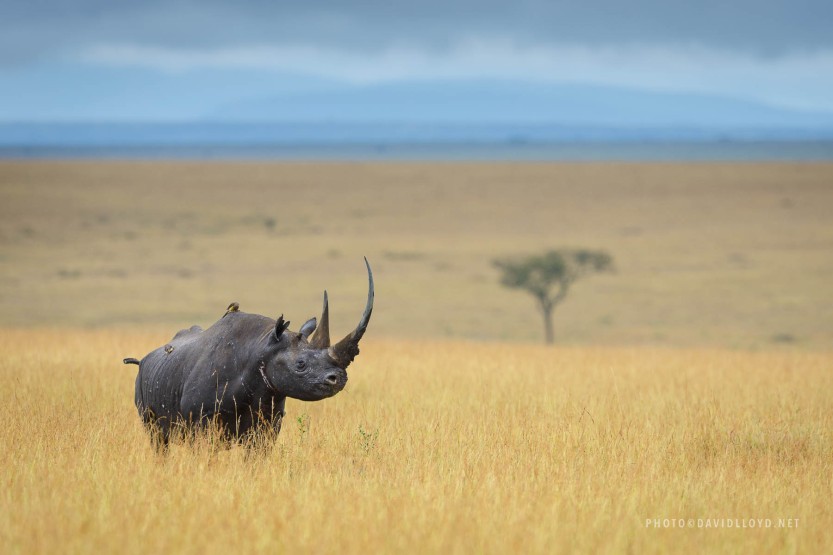
David Lloyd works primarily in New Zealand but is based in London. His work consists of wildlife mostly in New Zealand and Africa.
On his website he discusses how he choses not to use photoshop and does not like to retouch or clone any of his photographs. He uses a Nikon F3/T – a camera that was first made in the 1980s.
Considering the nature of wildlife photography, Lloyd almost always has to use a long lens to capture his subjects. This results in very defined depths of field in his photography – the subject is usually in front of a blurred background. Since his work is more subject based rather than landscape – the longer lens allows the camera to find its subject as the main focus.
His website separates his work in both color and black & white categories. His color photographs are generally quite vibrant and seem to be edited much more natural. Alternatively, Lloyd’s black & white work feels more intense and harsh with the use of photo sharpening. The black tones are very dark – closer to black than it is to gray.

Lloyd often utilizes the “golden hour” of photography (sunset). Natural sunlight coming from above guarantees vibrant color but also creates a downward shadow. As the sun sets the subjects have lighting directly on their faces – or alternatively (as seen below) creates a backlight. It also provides warmer tones that may insight comfort.


Wildlife photography is specifically difficult because it is impossible to communicate properly with your subject – not to mention safety. Photographing animals takes a lot of patience and practice. The animal can move within a blink of an eye and the shot could be within a millisecond – and even then the shot might be blurry.
Another challenge that wildlife photographers face is natural light. A certain vision of a potential shot could be sabotaged by the weather or position of the sun in the sky. Photographers must wait out the sun and weather conditions to get their perfect shot.
I admire his work because almost every photograph has a dynamic and dramatic quality that must have taken hours to capture.


In my own photographs I tend to over-saturate (which is probably due to the fact that I’m colorblind – haha). Although, I am able to tell that Lloyd manages to find a great balance between saturation and brightness which is generally my biggest obstacle. I use Lloyd as inspiration to take more balanced and dynamic photos.